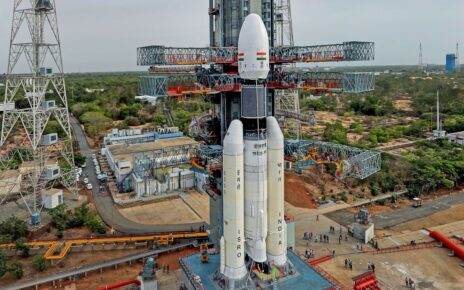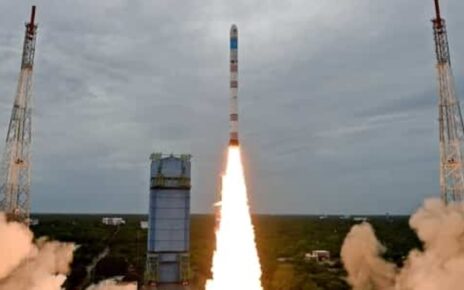Today we will witness the fourth and the final lunar eclipse of 2020. However, people in India will not be able to view it as it is below the horizon and will take place in day time. People in some northern and eastern parts of the country will be able to see the penumbral eclipse. The cities include Patna, Ranchi, Kolkata, Lucknow, Varanasi, and Bhubaneswar.
The duration of this lunar eclipse is said to be 4 hours 18 minutes and 11 seconds. It will begin at 1.02pm IST and end at 5.23pm IST.
The fourth penumbral lunar eclipse of the year or ‘Upachhaya’ will occur on the date of Shukla Paksha of Kartik month, or Karthik Purnima.
Compared to the previous three lunar eclipses that took place on January 10, June 5, and July 4, this last eclipse will be of longer duration.
It will be visible in many parts of Europe, Asia, Australia, North America, South America, Pacific and Atlantic.
November’s full moon is also known a Full Beaver Moon in many parts of the world. Other names for this month’s full moon include the cold moon, frost moon, winter moon, oak moon, moon before Yule and child moon
What is a penumbral lunar eclipse?
Chandra Grahan, or lunar eclipse, takes place when the moon, the sun, and the earth align. It occurs when the moon moves into the Earth’s shadow. There are three kinds of lunar eclipses, namely, total eclipse, partial eclipse, and penumbral eclipse. When the sun gets partially blocked by the Earth and sunlight does not reach the Moon, it is called a penumbral lunar eclipse. Only the outer shadow of the earth – the penumbra – is cast on the moon during a penumbral eclipse. Following this lunar eclipse, the last celestial event of the year 2020 will be the December 14 solar eclipse.




